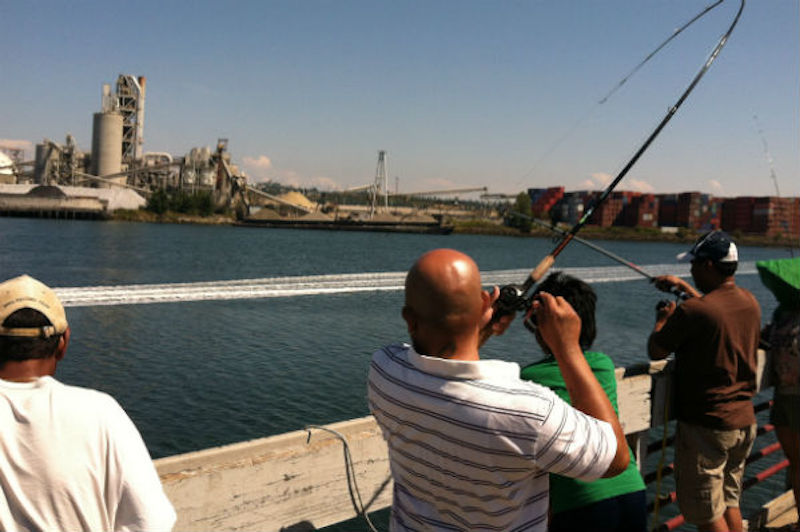The state is about to get new standards for water quality calibrated in part on how much fish we eat.
The question is which version?
Will it be those chiseled out by the state’s Department of Ecology through four years of dispute and debate? Or will it be ones hammered together by the federal Environmental Protection Agency under the imperative of a court order?
Democratic Gov. Jay Inslee opened the door for federal intervention July 31, 2015 when he scrapped a major rewrite of the state’s clean water rules drafted by department staff. Tribal leaders and environmentalists, many of whom are longtime political allies of Inslee, castigated those proposed rules as too weak.
Inslee directed the agency to try again. It did. Inslee endorsed the revamped language and gave the go-ahead for Ecology Secretary Maia Bellon to submit the proposed rules to the feds. She did so Aug. 1.
At that point, EPA officials had 60 days to accept the rules or 90 days to reject them and put theirs in place. On a calendar, that means decisions are due by Sept. 30 and Oct. 30 respectively.
If you thought everyone involved in this years-long dialogue agreed on what path EPA should take, you’d be wrong. More on that in a moment.
First, to recap, the federal Clean Water Act requires states adopt standards that ensure rivers and major bodies of water are clean enough to support fish that are safe for humans to eat.
Since 1992, Washington has operated under a rule that assumed the average amount of fish eaten each day is 6.5 grams, which is about a quarter of an ounce per day. The proposed state and federal standards each increase the fish consumption rate to 175 grams a day. The higher number means fewer toxic pollutants would be allowed in waters.
Fish consumption is only one part of the regulatory equation. Another is the cancer risk rate associated with long term exposure to each of roughly 100 identified chemicals. Existing state law assumes no more than one person out of 1 million will get cancer eating fish caught in Washington waters every day for 30 years. Again, the state and federal standards agree on this point.
The main departure between this Washington and the other Washington is on regulating PCBs, arsenic and mercury.
The EPA proposal would impose stricter limits on all three. The state’s adopted rule maintains current standards for PCBs. Its sets the limit for arsenic at the same level the federal government considers safe for drinking water fountains at elementary schools.
With mercury, the state proposal uses the federal standard in the National Toxics Rule. The EPA, on the other hand, creates a new limit for methyl mercury that state officials contend will be hard for dischargers in Washington to meet.
“We think we landed in the right spot. We think we landed in the spot that works,” said Kelly Susewind, the indefatigable water quality policy expert whose steered the state’s rule-making process through very turbulent political waters.
Among those in agreement are officials in the city of Everett. They worry the stricter federal rules could force the city to spend up to a billion dollars on upgrades to its sewage treatment plant. Ratepayers would bear the cost, said city spokeswoman Meghan Pembroke.
“We have a responsibility to our customers to continue to monitor this issue closely, because our ratepayers will ultimately bear the financial impacts of any new regulations,” she said. “It is our hope that the EPA will respect the needs of our state and not move forward with guidelines that could have an even greater impact than those proposed by DOE.”
But tribal leaders and environmentalists want the federal rules put in place because they are tougher on mercury, arsenic and PCBs. They consider these to be the most serious threats for getting into the food chain and affecting human health.
“We think EPA’s rule is more protective,” said Lorraine Loomis, chairwoman of the Northwest Indian Fisheries Commission, which represents 20 treaty tribes in western Washington. “Now it’s up to EPA to keep a firm hand on the bar that it has set and ensure that water quality standards are reviewed, improved and completed this year to meet the human health needs of everyone who lives here.”
EPA officials are giving no hints on what they’ll do. It won’t be long before everyone will know.
Daily Herald Political reporter Jerry Cornfield: 360-352-8623; jcornfield@heraldnet.com Twitter: @dospueblos.








